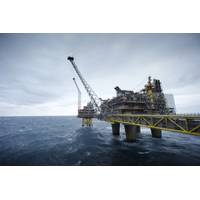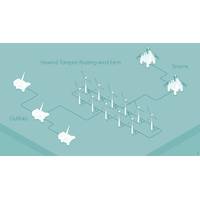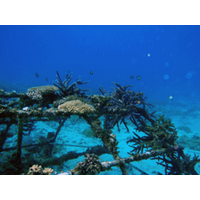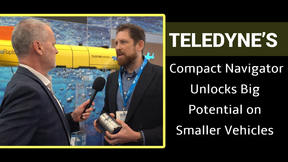
TechnipFMC Wins Contract for Gas to Energy Project in Guyana
, procurement, construction and installation of subsea risers and pipelines. The project will connect the production from Liza Destiny and Liza Unity floating production, storage and offloading units (FPSO) back to shore, delivering associated gas from the field to a gas-fired power plant that will supply electricity to the community.ExxonMobil, alongside its co-venture partners on the Stabroek Block Hess and CNOOC, is progressing plans for the Gas to Energy Project in cooperation with the Government of Guyana. Start up is expected by the end of 2024. The pipeline would transport up to about 50 million

Norway Plans North Sea Power Grid
power grid in the North Sea, in a more than $2 billion project to help the country's oil and gas industry cut greenhouse gas emissions.It will undertake the project with infrastructure company CapeOmega, which owns stakes in Norwegian gas pipelines and processing facilities.The project will supply electricity from onshore hydropower plants via a direct current (DC) cable and BKK said it would help to reduce the Norwegian oil and gas industry's carbon dioxide (CO2) emissions by at least 1.4 million tonnes a year, from 14 million tonnes a year currently."Electrification could result in rapid

Equinor Explores Floating Wind Turbines to Power N.Sea Oilfields
Norway's Equinor said on Tuesday it is considering whether to build a pioneering offshore wind farm with floating turbines to supply electricity to two North Sea oilfields as part of a strategy to curb greenhouse gas emissions.The project at the Gullfaks and Snorre oilfields would cost around 5 billion Norwegian crowns ($592 million) and could reduce Norway's emissions of carbon dioxide by more than 200,000 tonnes per year, Equinor said."This could be the first time an offshore wind farm is directly connected to oil and gas platforms," state-controlled Equinor said in a statement.

Japan Government Approve Mitsubishi Coral Reef Technology
the calcium content of the seawater. This process results in the formation of calcium carbonate, a compound with a skeleton identical to that of coral, fostering coral skeleton formation. This is the first time that electro-deposition technology using the galvanic anode system to continuously supply electricity has been applied to coral propagation. Earlier attempts have made use of external power sources such as solar batteries. The new technology was adopted out of concern for potential damage to power supply equipment from typhoons and in view of problems such as nighttime power supply stoppages


 February 2025
February 2025





